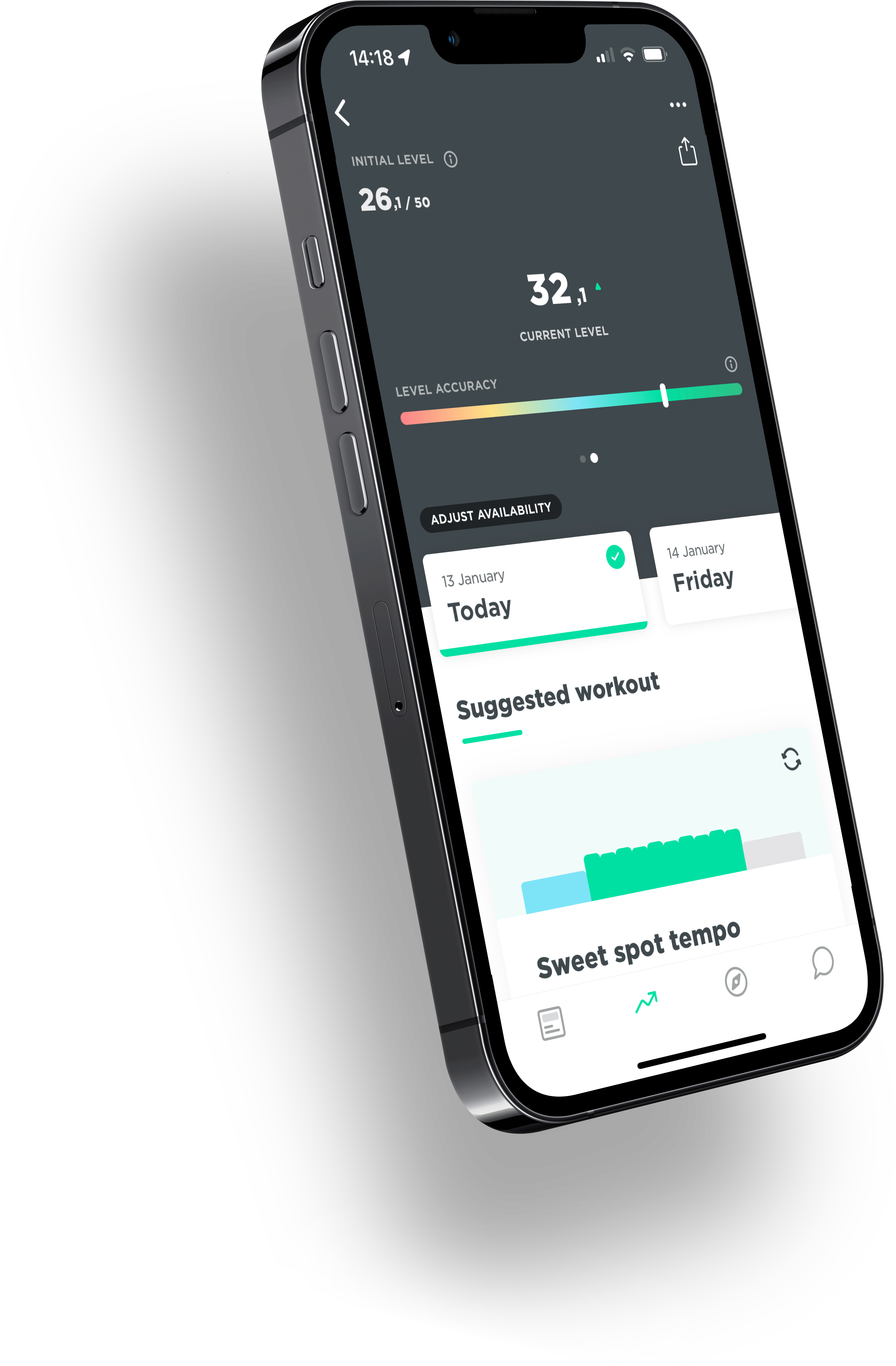Cycling is not technically a very complicated sport. In essence, cycling is one of the few truly cyclical sports out there, by which is actually meant that it involves repetition of movement. The pedalstroke consists of two phases; a downward and an upward phase. Because you are stuck to the pedals on the bike, it is possible to add power during both phases, which can be converted into speed. However, this addition of power throughout the pedalstroke does not mean that it is also the most efficient way of cycling.
Working against yourself
In fact, it could be that you are working against yourself. Your upward leg works against the downward leg which is currently delivering power. As a result, this leg actually has to pedal even harder to keep the externally delivered power the same. Obviously not very convenient which will further increase oxygen intake as the total power to be delivered increases further. As a result, fatigue will occur faster which obviously decrease the performance.
To prevent this obstruction, there are many sensible but, above all, many nonsensical techniques described on the internet. One technique that often comes up is deliberately pulling or sometimes discharging the pedals in the uphill phase. Focusing on this during training should improve pedalling efficiency.
Push and pull?
However, recent research shows that cyclists who consciously pull the pedals upwards consume relatively much more oxygen to deliver the total amount of power (Schücker et al, 2016). So the widely preached ‘pushing and pulling’ on the pedals turns out to be nonsense. The reason for this is actually quite simple too. The feedback from our nerve system is a lot faster and smarter than our consciousness. The muscles in your left leg are much sooner aware of what your right leg is doing, before your consciousness is aware of it. The body automatically looks for the most efficient way to move forward, saving fuel that can come in handy later. Evolutionarily, of course, this is mostly very convenient and logical. So by consciously imposing a different coordination pattern on yourself, you actually disrupt a process that normally runs perfectly automatically.
To improve pedalling efficiency or not?
Definitely yes, just not by interfering with this automatic process. It starts with proper bike tuning. Indeed, within the adjustment, the body itself looks for the most efficient method. If the saddle is too high, the plates wrongly adjusted and the handlebars too deep, pedalling efficiency will never be optimal. So start with a good bikefitting, where you adjust the bike to the body and not the other way around. Think of a bike fitting as a range you have to fall within. A well-trained body should not be bothered by a millimetre difference in saddle height.
Tips to improve pedalstroke efficiency
- Train a lot of miles, basically the human body is not meant to be on a bike. However, the body is incredibly adaptive (read; good at adapting to changing situations). By cycling lots of kilometres, your body will get used to the unnatural pedalling motion and eventually become a lot more efficient. No wonder pros score highest on pedal stroke efficiency!
- Train at low cadence, for example by doing seated power blocks at low cadence. Because the movement speed is a lot slower, the body can get used to the pedal cycle better. Especially if you make sure the intensity of these blocks is high enough, your body will work on becoming more efficient so that no energy is wasted.
- Train at high cadence, at first it won’t feel comfortable but eventually the body gets used to doing blocks at high cadence. You will start to bounce less in the saddle. When you return to your old, voluntarily chosen cadence, you will find that it feels a lot easier.
- Train on different bikes in different disciplines. While it used to be thought that mastering something mainly required endless repetition, nowadays the thinking is that it is precisely by changing conditions regularly that the learning process is accelerated. So training on a fixed gear, the mtb or occasionally grabbing the time trial bike is wise. In this light, the same crank length on every bike may also not be that effective at all.
- Strength training in the gym, cyclists who do strength training in the gym in addition to a lot of cycling develop a proven more efficient pedalling movement compared to cyclists who cycle alone. This is thought to be because strength training increases neural adaptations such as improved control of the leg muscles (Loveless et al, 2005). Do prefer to work with free weights and, of course, proper execution.
- Improving your endurance capacity, as fatigue decreases control considerably. As a result, you also lose efficiency (Pasfield and Doust, 2000).
So don’t let special pedalling techniques that you have to master fool you. In the end, it is mainly a matter of sitting properly on your bike and regularly taking your body out of its comfort zone by training on varying pedalling frequencies.
Literature;
- Loveless, DJ. Weber, CL. Haseler, LJ. Schneider, DA. (2005) ‘Maximal leg strength training improves cycling economy in previously untrained men.’ Medicine and Science in Sports and Exercise 37(7) pp. 1231-1236
- Passfield, L. Doust, JH. (2000) ‘Changes in cycling efficiency and performance after endurance exercise.’ Medicine and Science in Sports and Exercise 32 (11) pp. 1935–1941
- Schücker, L. Fleddermann, M. de Lussanet, M. Elischer, J. Böhmer, C. Zentgraf, K. (2016) ‘Focusing attention on circular pedaling reduces movement economy in cycling.’ Psychology of Sport and Exercise 27 pp. 9-17


